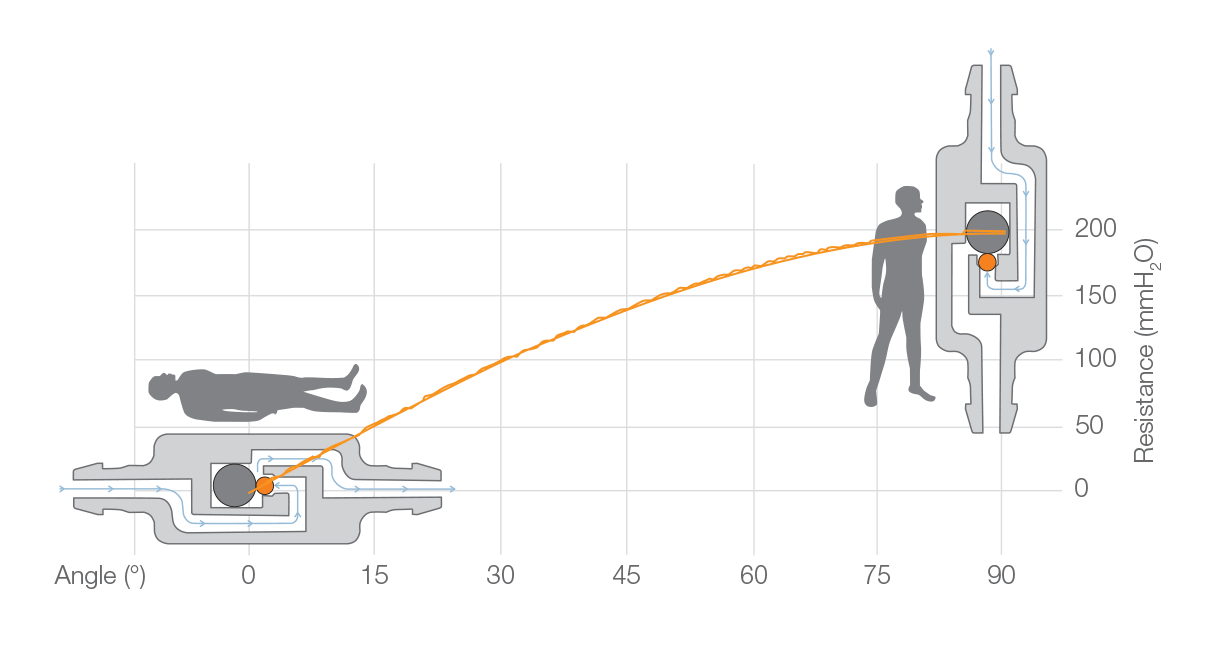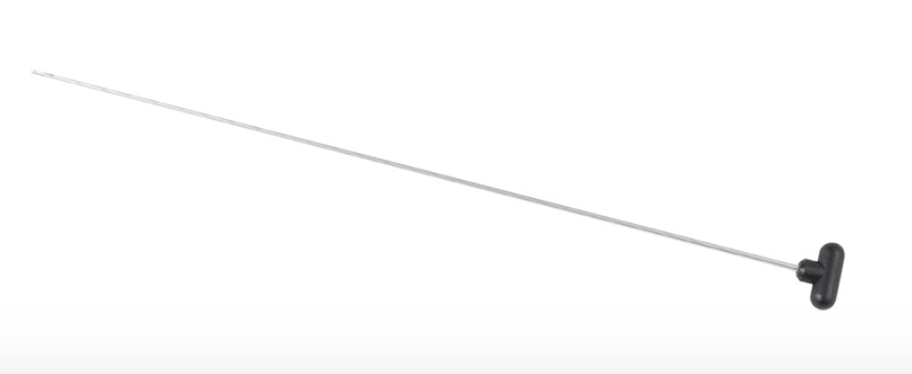
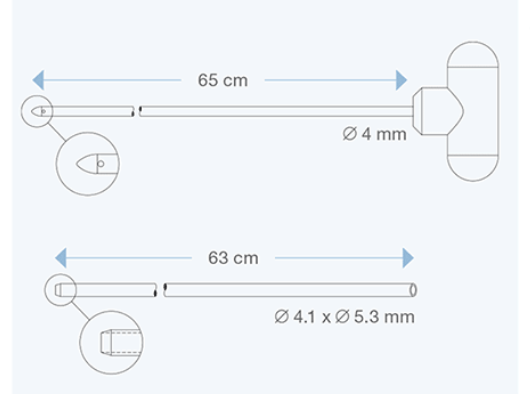

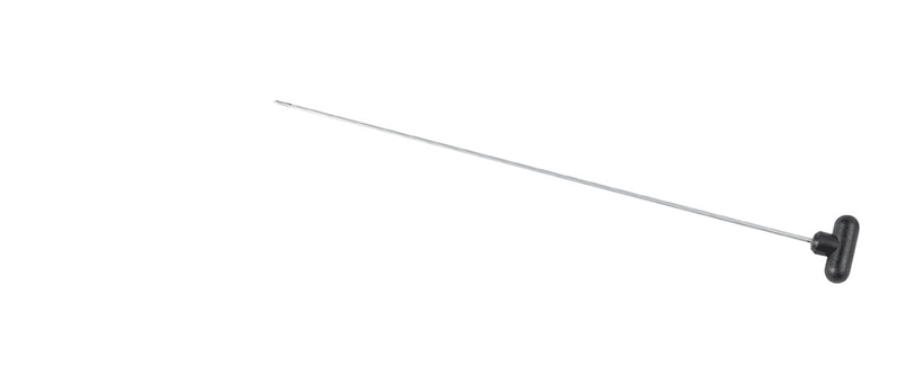


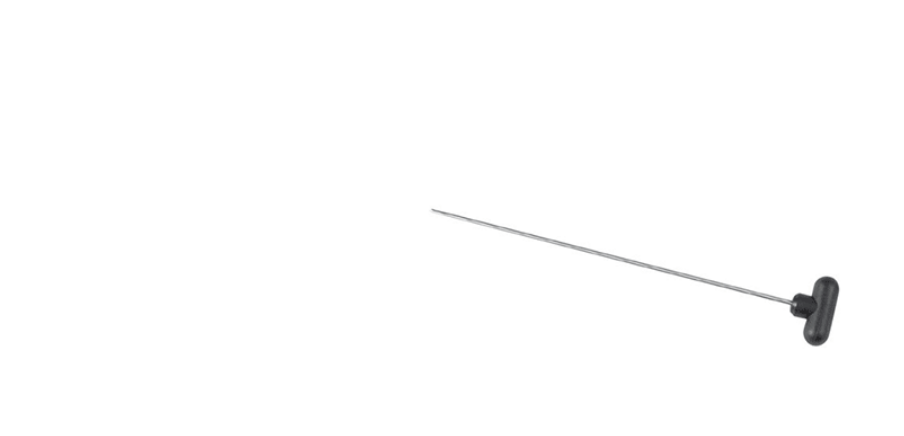








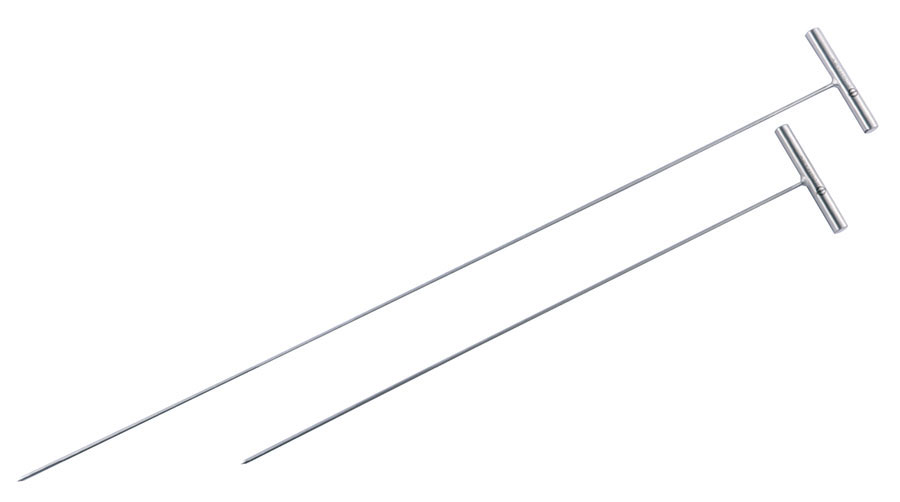





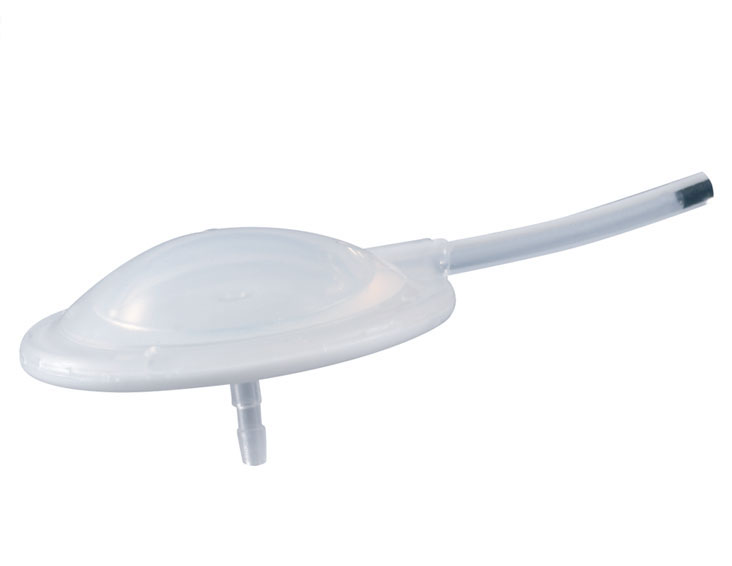
RE-2031 Flat Bottom Type Convertible reservoirs are designed to be connected to a shunt, should this conversion become necessary.
For that purpose, they include a silicone lateral catheter closed at its distal end .This outlet catheter may be cut and connected to a valve.
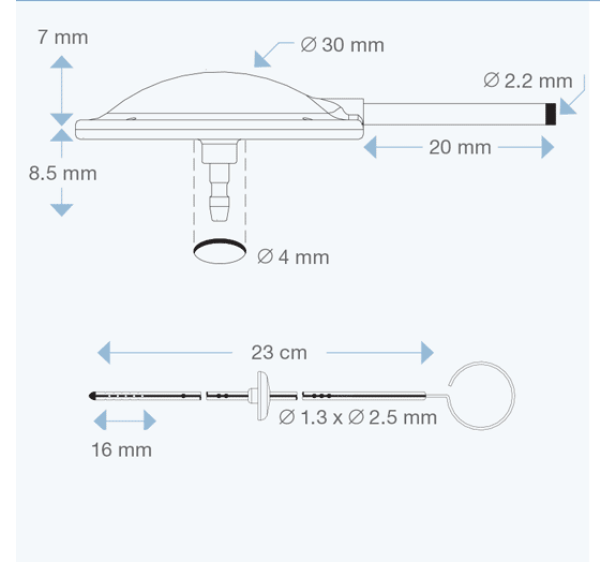

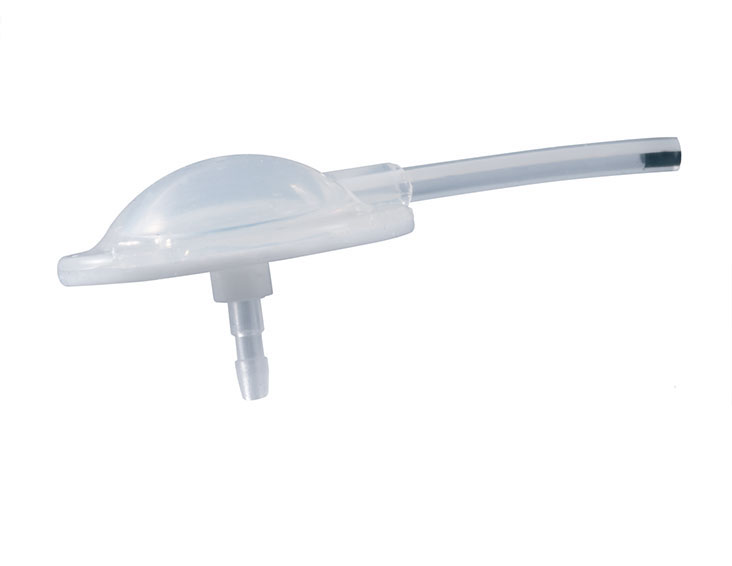
RE-1031 Flat Bottom Type Convertible reservoirs are designed to be connected to a shunt, should this conversion become necessary.
For that purpose, they include a silicone lateral catheter closed at its distal end .This outlet catheter may be cut and connected to a valve.



VR05 Burr Hole Type Convertible reservoirs are designed to be connected to a shunt, should this conversion become necessary.
For that purpose, they include a silicone lateral catheter closed at its distal end .This outlet catheter may be cut and connected to a valve.


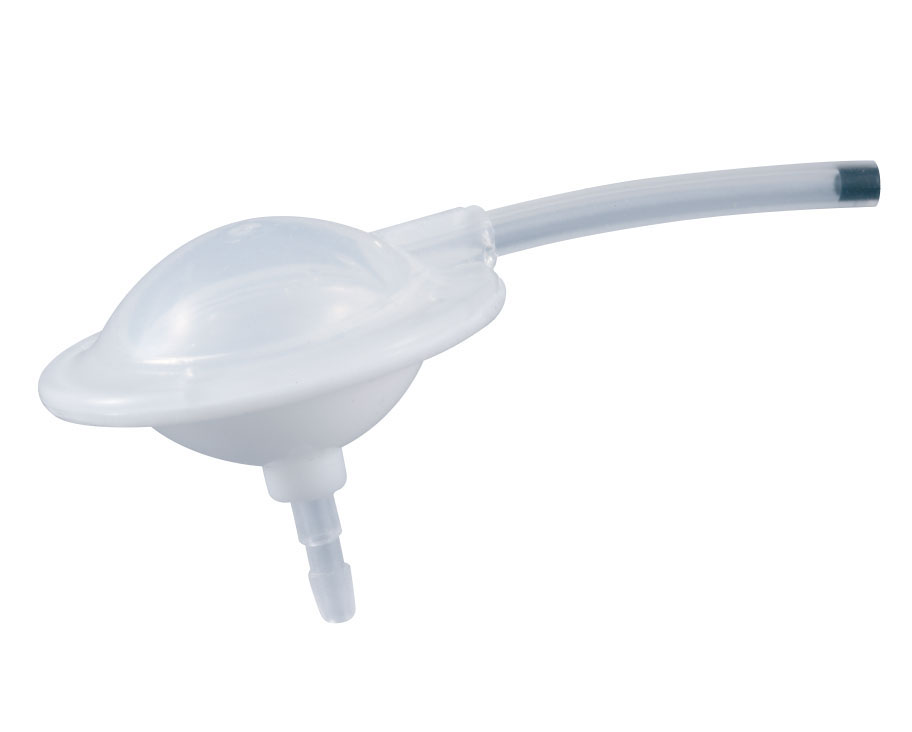
Re-2030 Burr Hole Type Convertible reservoirs are designed to be connected to a shunt, should this conversion become necessary.
For that purpose, they include a silicone lateral catheter closed at its distal end .This outlet catheter may be cut and connected to a valve.


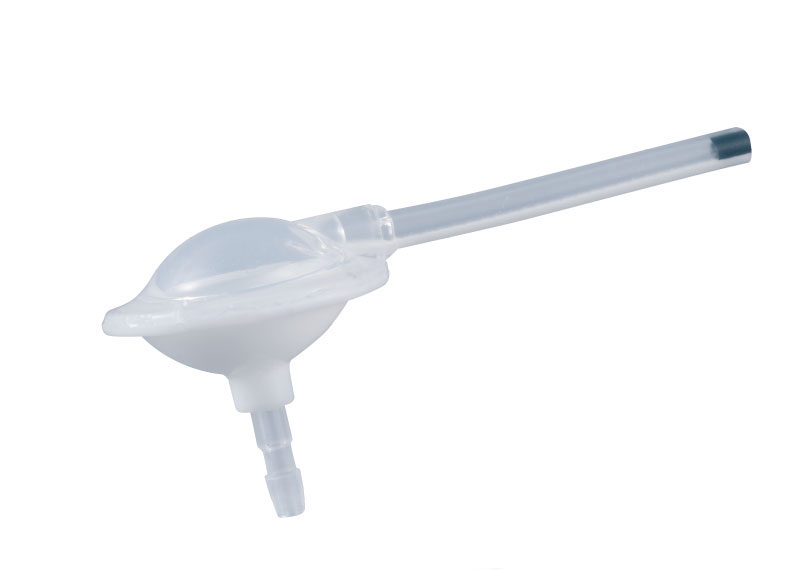
Re-1030 Burr Hole Type Convertible reservoirs are designed to be connected to a shunt, should this conversion become necessary.
For that purpose, they include a silicone lateral catheter closed at its distal end .This outlet catheter may be cut and connected to a valve.


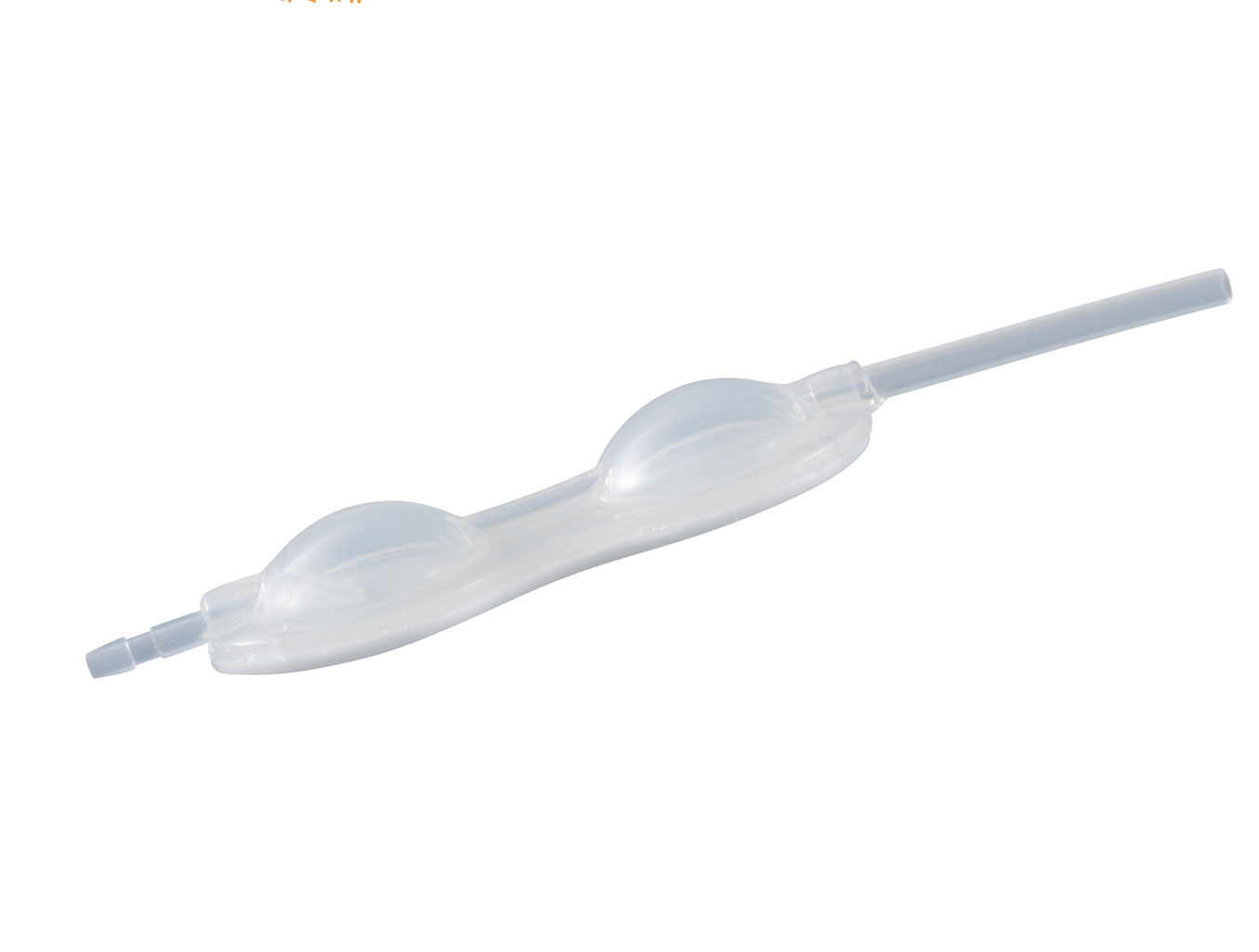
RE-1241 Double Dome Shunt Reservoir incorporate an outlet catheter designed to be attached to a CSF shunt system.
The outlet catheter, 20 mm long, 1.1 mm ID, 2.2 mm OD, is made of silicone elastomer with a radiopaque stripe. All reservoirs are supplied with a separate ventricular catheter


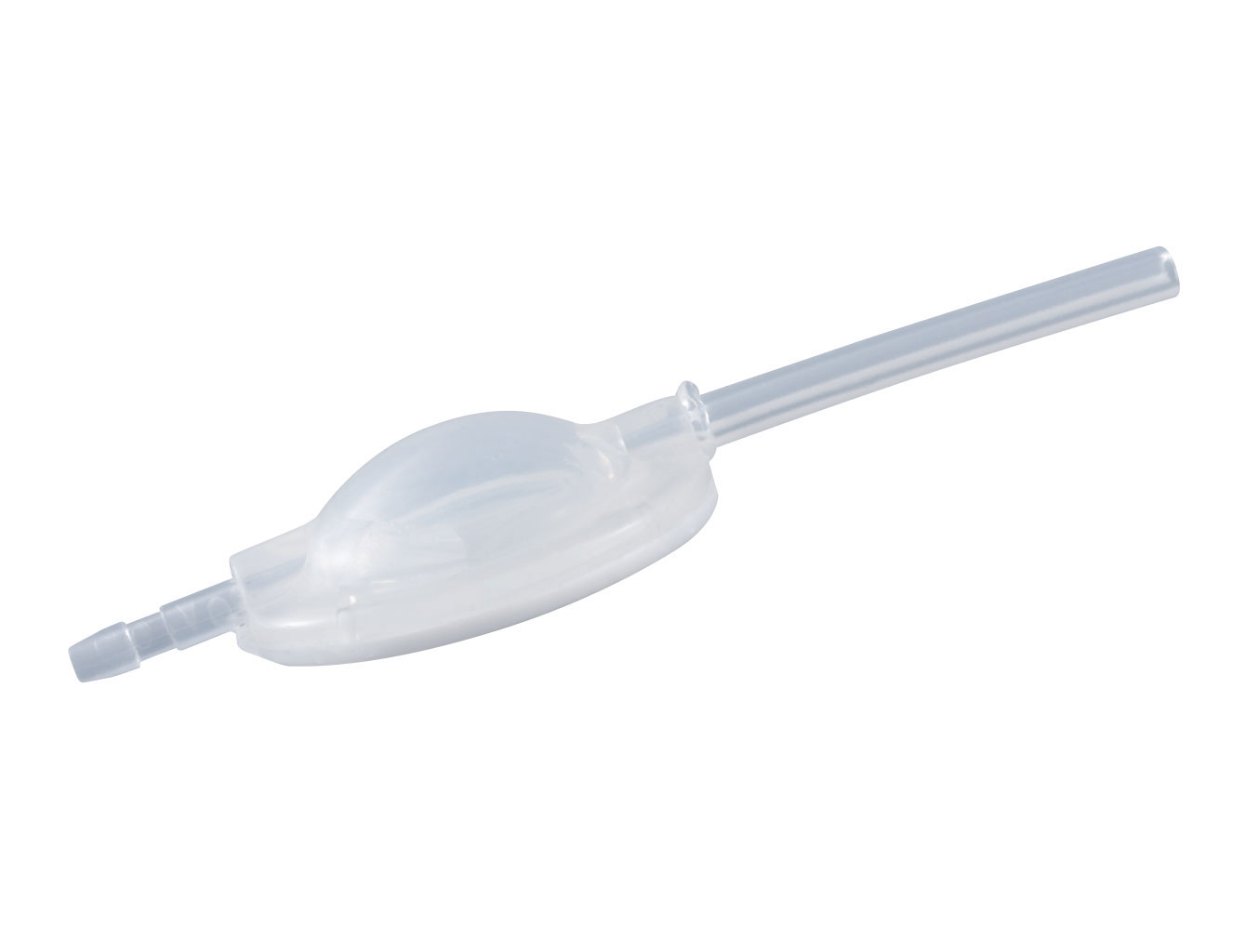
Re-1141 Single Dome Shunt Reservoir incorporate an outlet catheter designed to be attached to a CSF shunt system.
The outlet catheter, 20 mm long, 1.1 mm ID, 2.2 mm OD, is made of silicone elastomer with a radiopaque stripe. All reservoirs are supplied with a separate ventricular catheter


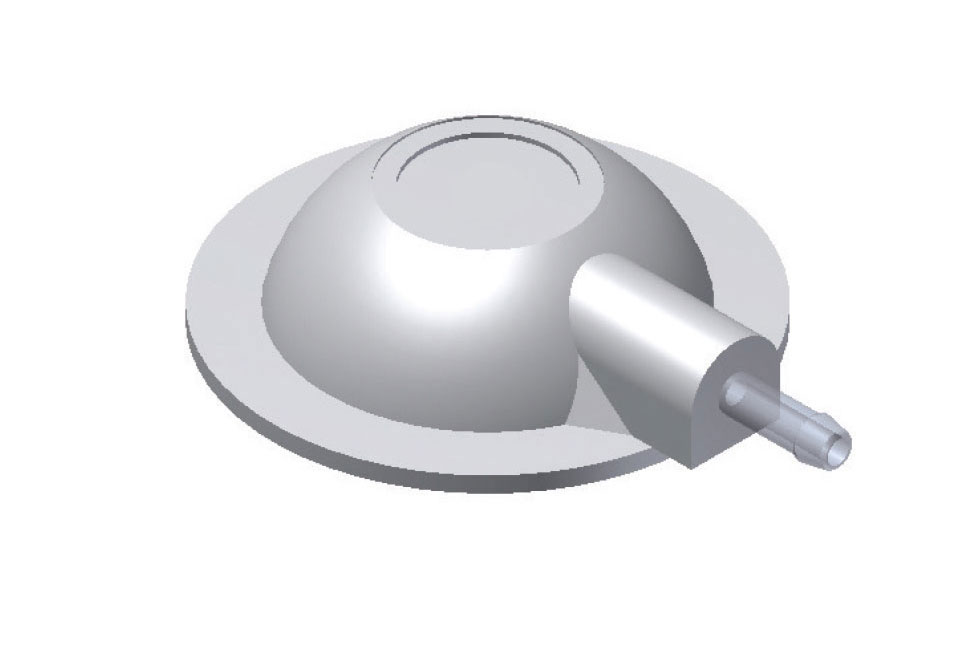


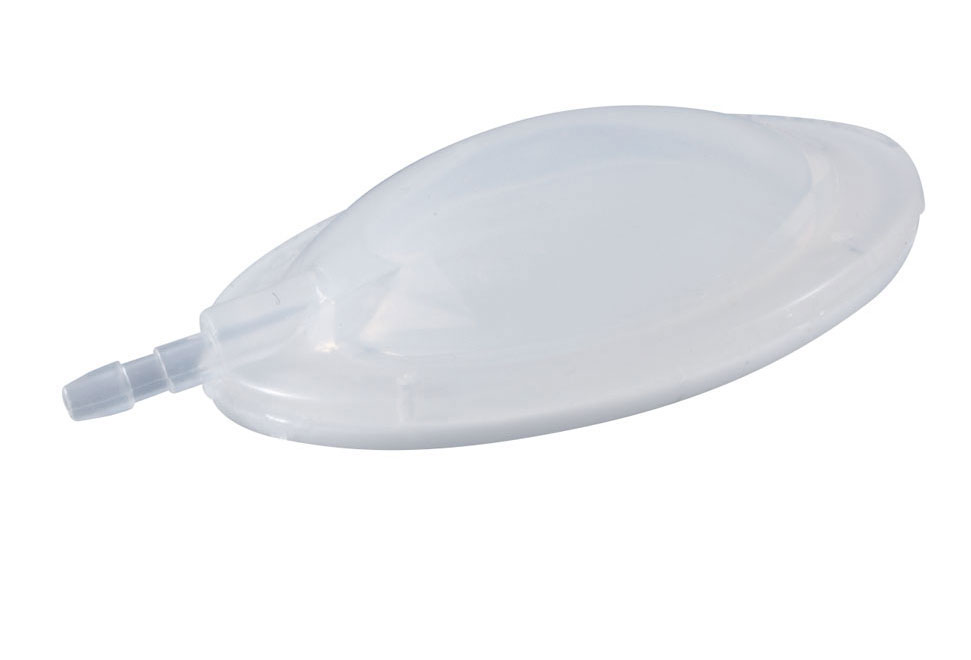


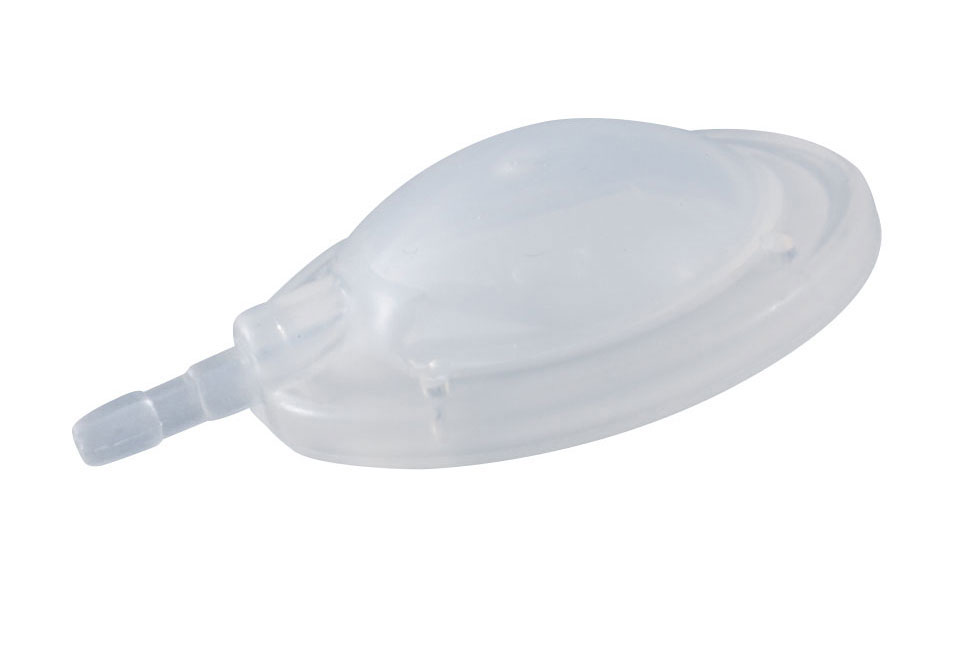


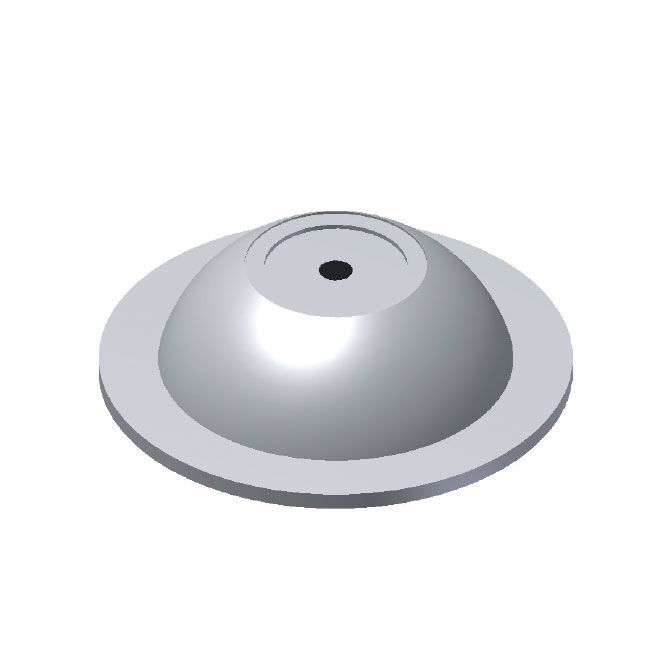
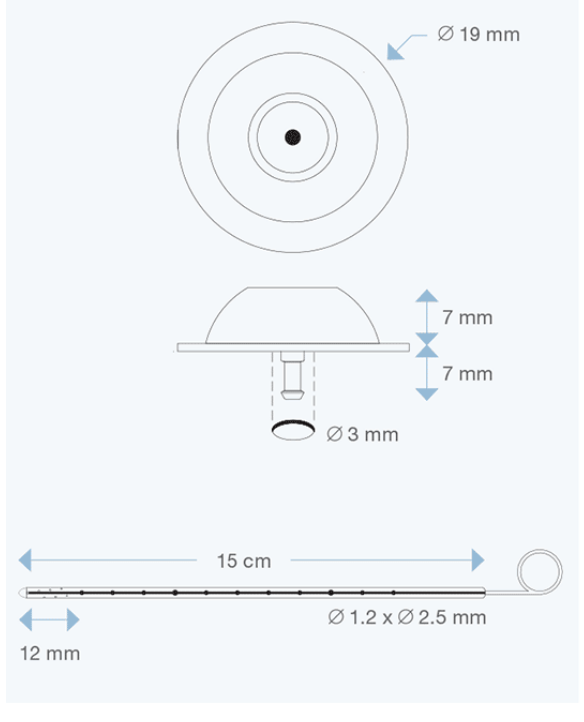




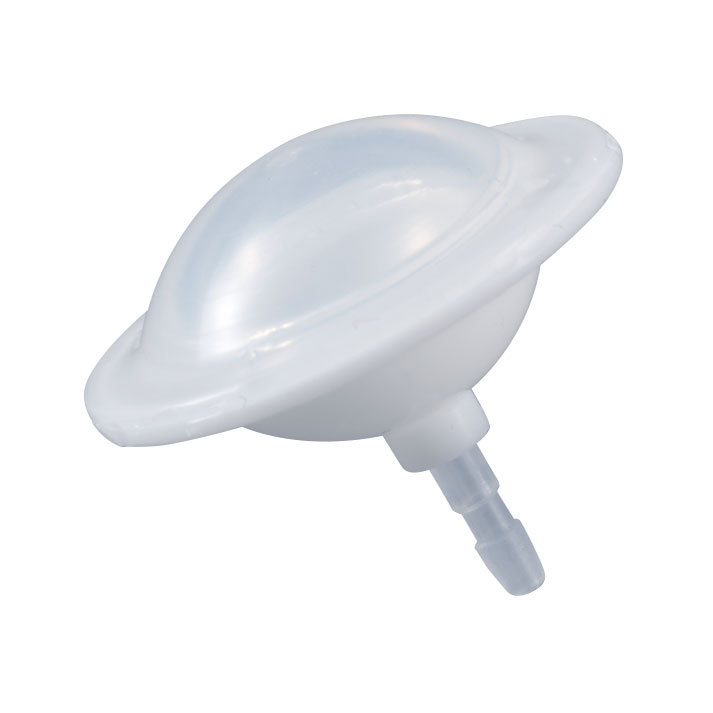


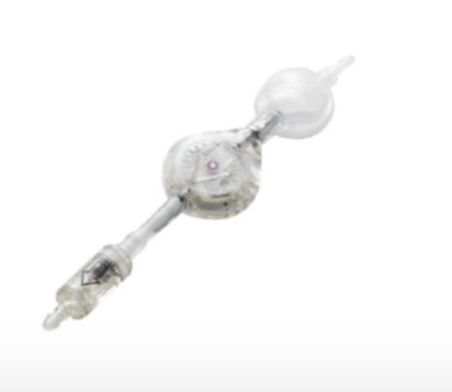

The device incorporates a ball-in-cone mechanism, well known for its precision and reliability.
It is placed downstream of a CSF shunting valve for the treatment of hydrocephalus, giving it additional resistance depending on the position of the patient. This makes it possible to limit the siphon effect during CSF drainage when the patient stands up.
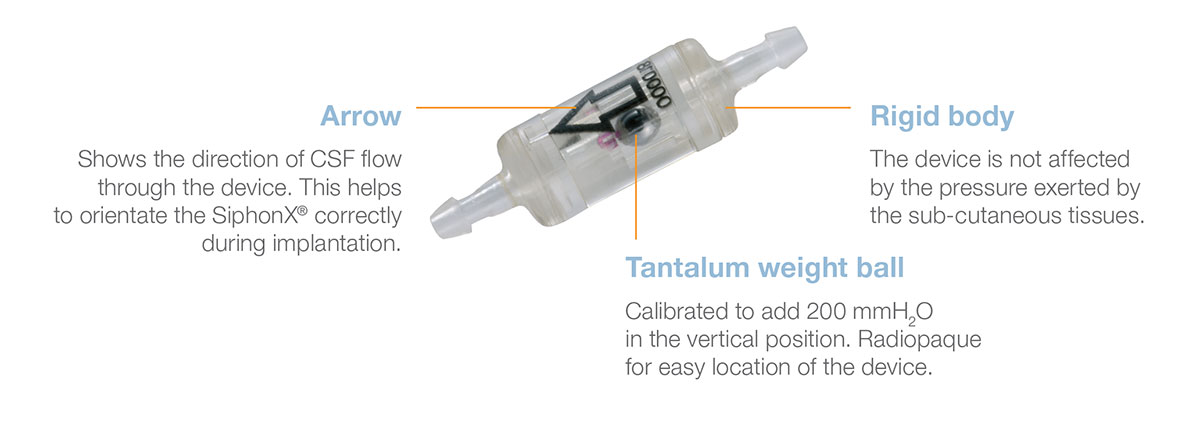
A tantalum weight ball presses on a ruby ball, which occludes the aperture for the passage of the CSF.
When SiphonX® is in the vertical position, the ruby ball is subjected to the full weight of the tantalum ball, occludes the anti-siphon aperture and the device adds 200 mmH 2O to the operating pressure of the valve.
When SiphonX®is in the horizontal position, the ruby ball is not subjected to the weight of the tantalum ball and so does not occlude the aperture of the anti-siphon device.
In this horizontal position, the device is therefore open and does not add any additional resistance to the operating pressure of the valve.
For all intermediate positions, SiphonX® adds a resistance which depends on the angle of inclination.
By design SiphonX®is not affected by the implantation height relatively to cerebral ventricules.
